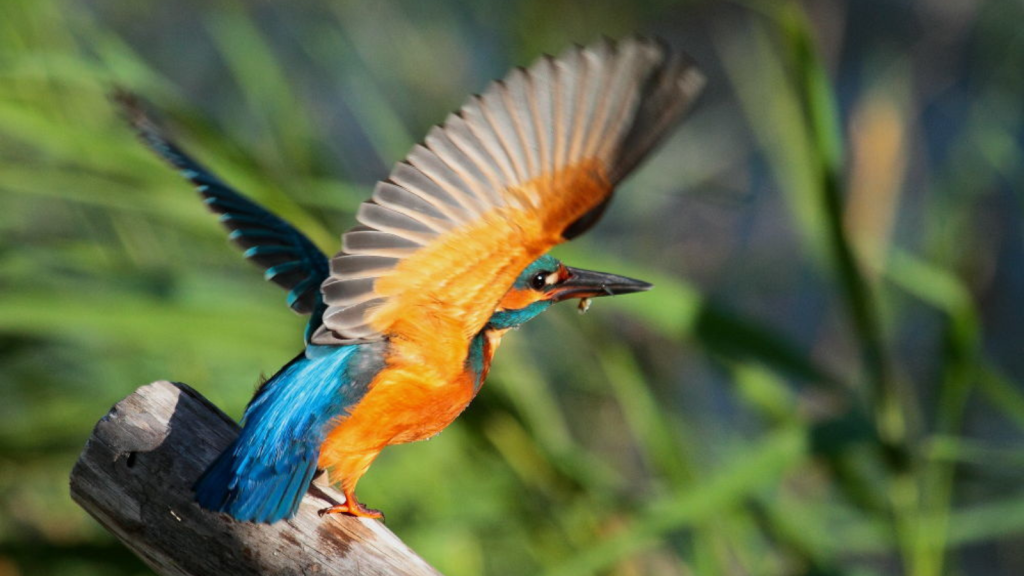Britain’s skies and woodlands are home to a remarkable array of birds, many of which go unnoticed by casual observers. While robins and blue tits charm garden visitors, a host of other feathered friends lead equally intriguing lives just out of sight. From clever problem-solvers to master mimics, these lesser-known species showcase nature’s ingenuity. This list uncovers 20 of Britain’s hidden avian treasures, each with its own unique quirks and captivating habits. Prepare to be amazed by the secret lives of these wonderful winged creatures that share our isles.
Bearded Tit

The bearded tit, despite its name, isn’t actually a tit at all. These striking birds live in reedbeds, where they perform incredible acrobatics to feed. They have a peculiar habit of swallowing sand and grit to help grind up the tough seeds they eat in winter. Bearded tits are also known for their ‘irruptive’ behavior, with large flocks sometimes appearing far from their usual habitats in search of food.
Nightjar
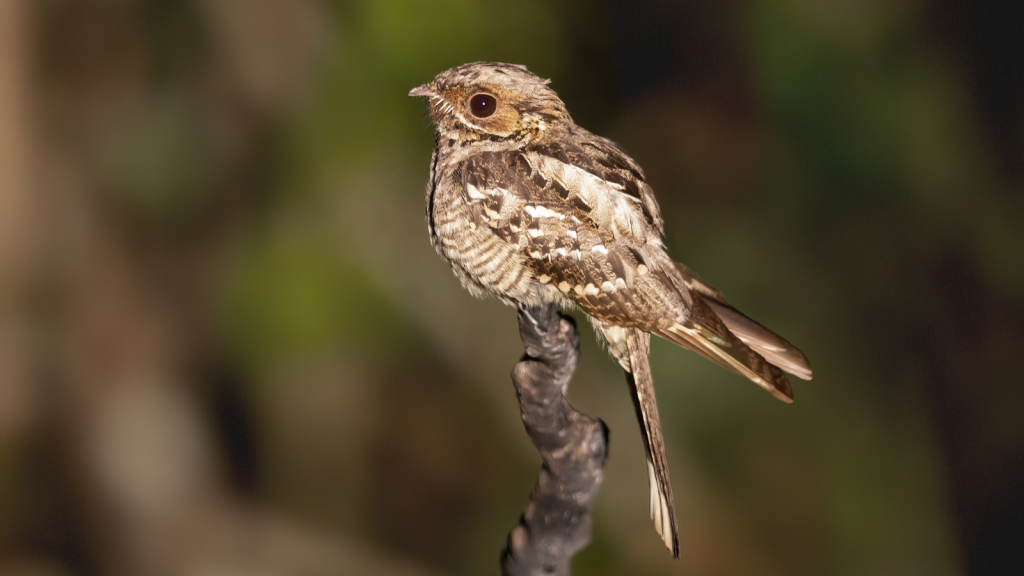
Nightjars are masters of camouflage, blending perfectly with tree bark during the day. At dusk, they come alive, flying with their mouths wide open to catch moths and other insects. Their eerie churring call has led to many folklore tales about these mysterious nocturnal birds. Nightjars have special bristles around their beaks to help funnel flying insects into their mouths.
Brambling
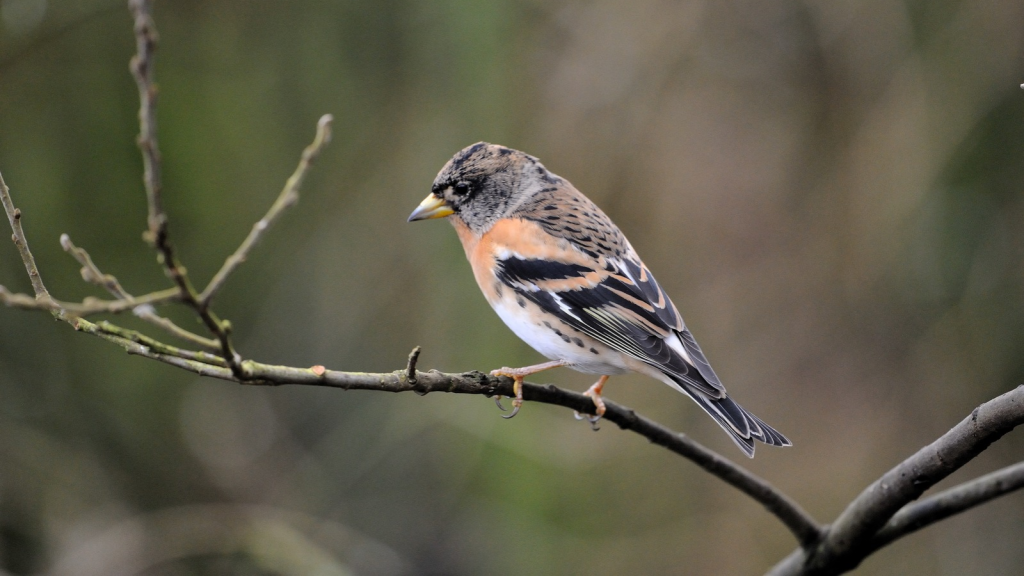
Bramblings are winter visitors to Britain, arriving in large flocks from Scandinavia. These colorful finches have a unique feeding behavior, vigorously shaking beech branches to dislodge nuts. In some years, millions of bramblings can gather in a single roost, creating a spectacular sight. Their bills turn from grey in winter to blue-black in summer, making them one of the few British birds to change bill color seasonally.
Treecreeper
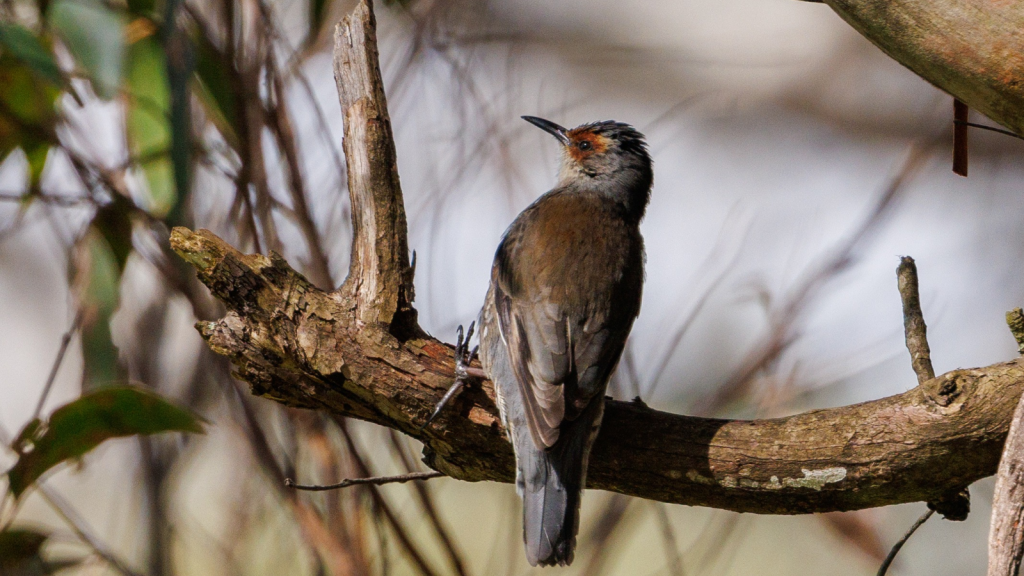
Treecreepers are like tiny, feathered mice, spiraling up tree trunks in search of insects. They always climb upwards, flying down to the base of the next tree once they reach the top. Their long, curved beaks are perfectly adapted for probing bark crevices for hidden prey. Treecreepers have stiff, pointed tail feathers that they use as props while climbing, much like woodpeckers.
Long-Tailed Tit
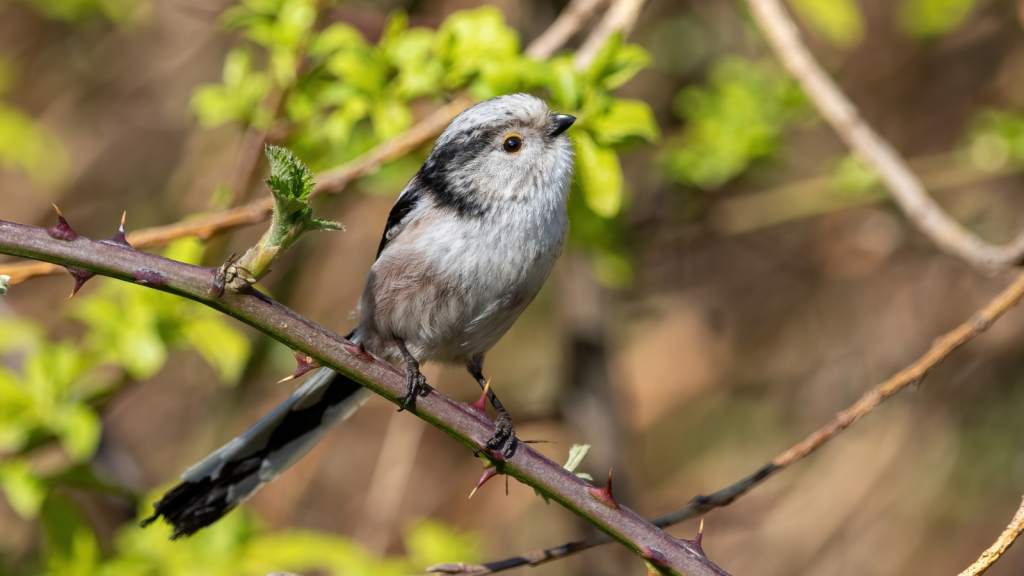
These charming birds look like flying lollipops with their tiny bodies and oversized tails. Long-tailed tits are social creatures, huddling together in large groups on cold nights to stay warm. They build elaborate, elastic nests from spider silk, lichen, and feathers. If a pair’s breeding attempt fails, they often become helpers at the nests of relatives, a behavior known as cooperative breeding.
Woodcock
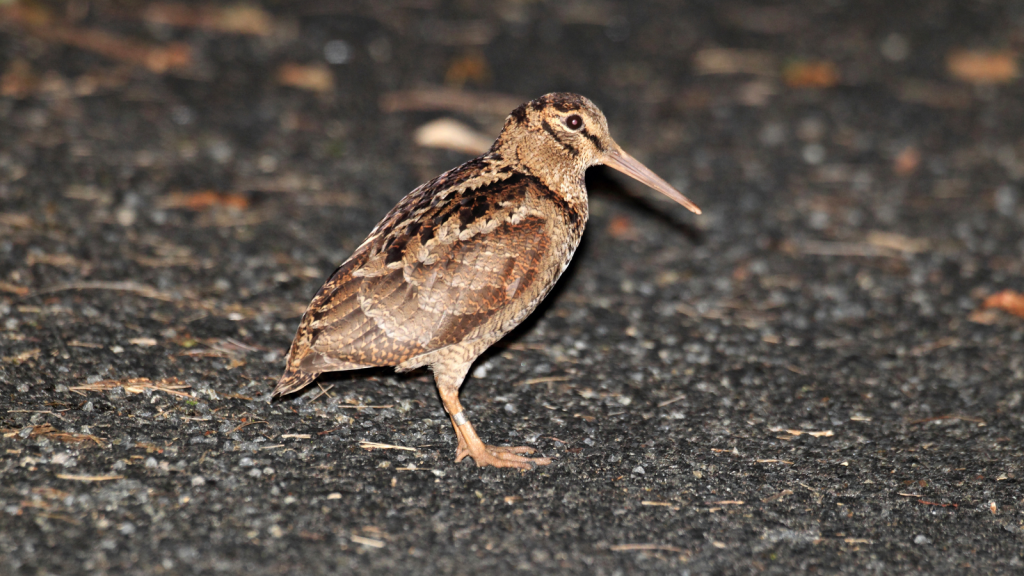
The woodcock is a plump, ground-dwelling bird with excellent camouflage. It has the unusual ability to flex the tip of its upper bill while the base remains closed, allowing it to probe for worms without opening its whole beak. Woodcocks perform spectacular twilight display flights called ‘roding’ during breeding season. They have large eyes positioned high on the sides of their heads, giving them 360-degree vision to spot predators while feeding.
Goldcrest
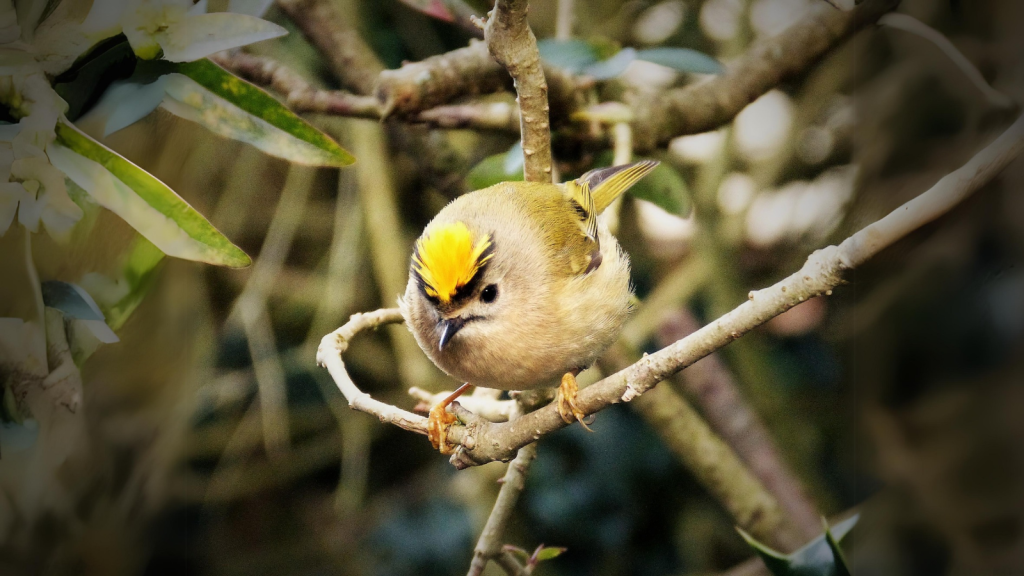
Britain’s smallest bird, the goldcrest, weighs about the same as a 20p coin. These tiny birds are constantly on the move, flitting through conifer branches in search of insects. They’re known for their incredible migration feats, with some crossing the North Sea in a single flight. Goldcrests have been recorded feeding on spiders caught in the webs of orb-weaver spiders, showing remarkable dexterity for such small birds.
Dipper

Dippers are the only British songbirds that can swim and walk underwater. They feed on aquatic insects and small fish in fast-flowing streams, using their wings to ‘fly’ through the water. Dippers have special blood cells that allow them to stay submerged for up to 30 seconds. They also have a transparent third eyelid called a nictitating membrane that protects their eyes while underwater.
Nuthatch
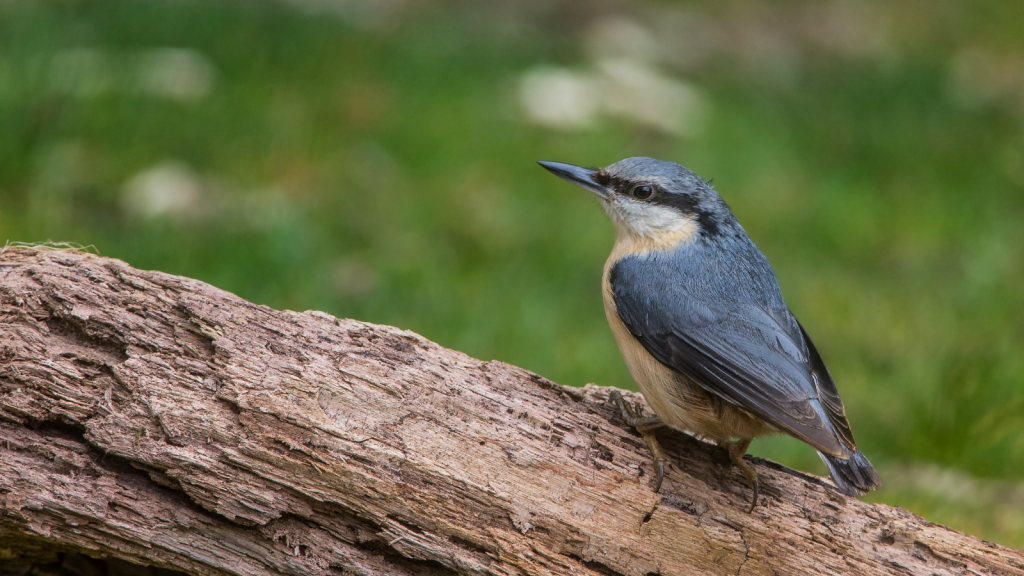
Nuthatches are the only British birds that can climb down trees headfirst. They have a habit of wedging large seeds and nuts into tree bark, then hammering them open with their strong beaks. Some nuthatches even use mud to narrow the entrance of their nest holes, giving perfect protection. Their name comes from their habit of jamming nuts into bark and then ‘hatching’ them open with their sharp bills.
Crossbill
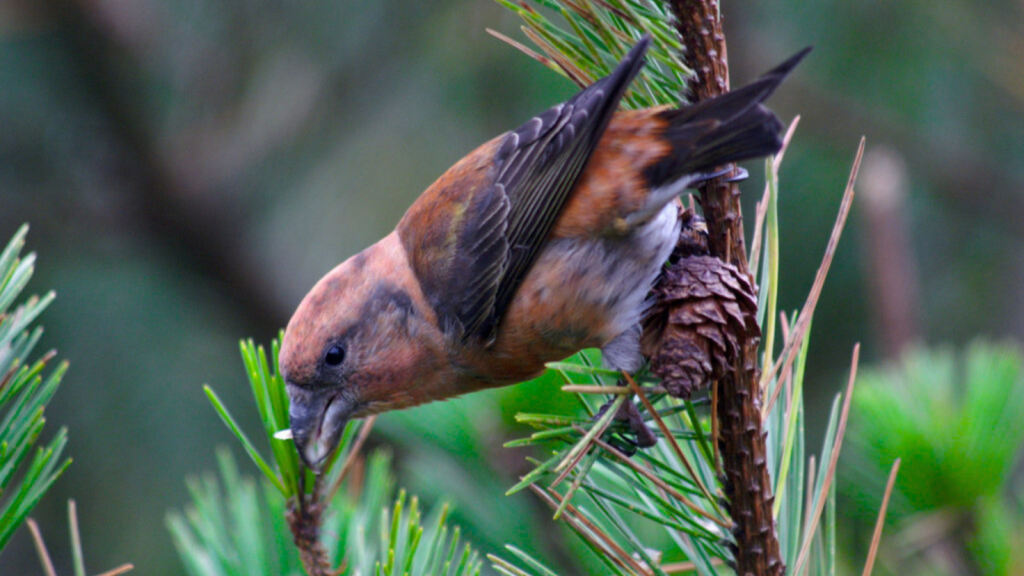
Crossbills have uniquely crossed bill tips, which they use to prise open pine cones and extract the seeds. Different species of crossbill have slightly different bill shapes, each adapted to a particular type of conifer. They can even use their crossed bills to climb like parrots. Crossbills are so dependent on conifer seeds that they can breed at any time of year, even in winter, if there’s a good cone crop.
Yellowhammer
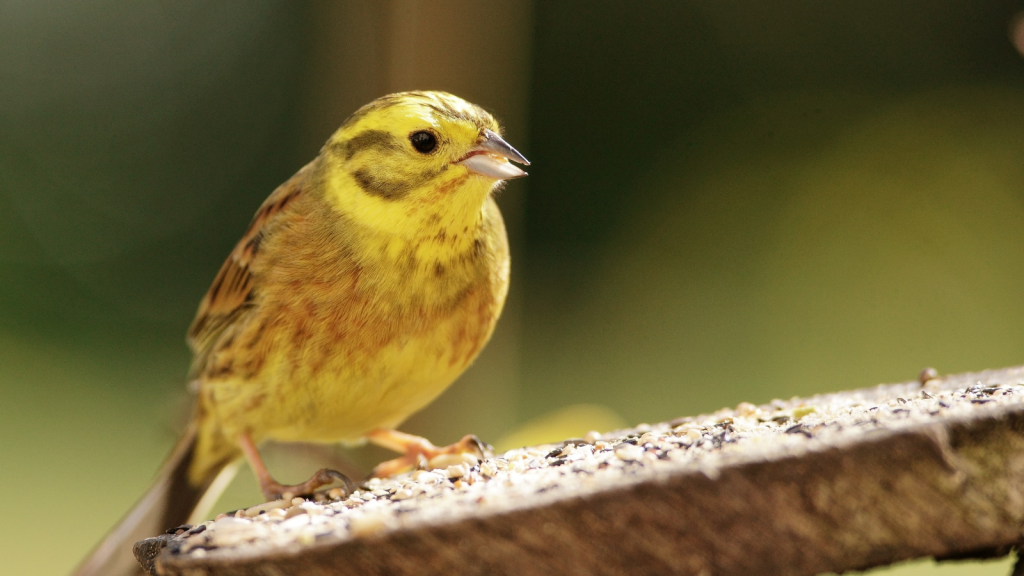
The yellowhammer’s song is often likened to “A little bit of bread and no cheese.” These bright yellow buntings have a curious habit of taking dust baths to keep their feathers in good condition. Sadly, yellowhammer numbers have declined sharply in recent years due to changes in farming practices. Male yellowhammers learn their songs from their fathers, leading to distinct local ‘dialects’ in different areas.
Kingfisher
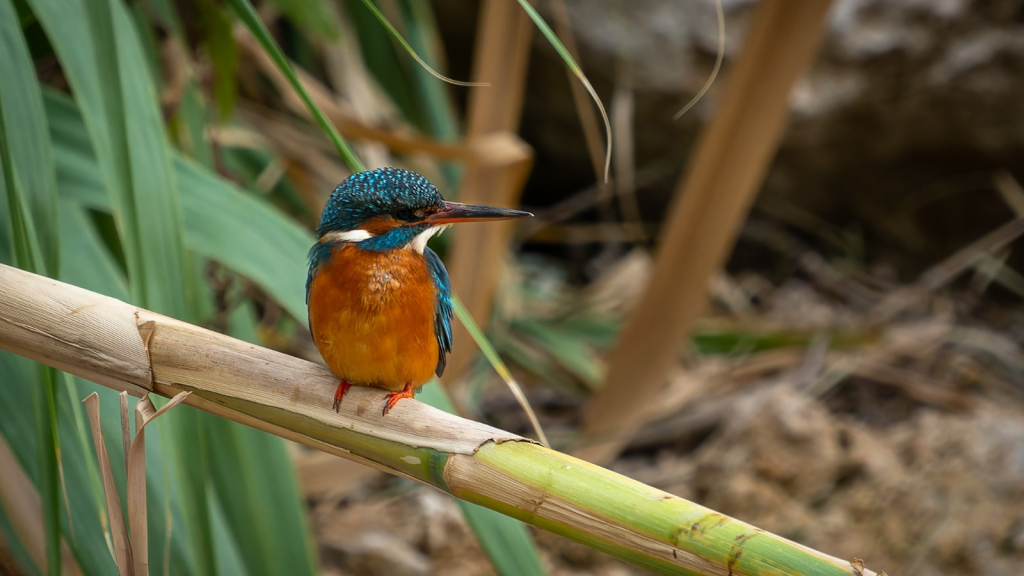
Despite their dazzling blue and orange plumage, kingfishers can be surprisingly hard to spot. They have incredible eyesight, able to compensate for light refraction when diving for fish. Kingfishers dig long tunnels in riverbanks for their nests, which can become quite smelly due to fish remains. They regurgitate pellets containing fish bones, similar to owls ejecting pellets of small mammal bones.
Cetti’s Warbler
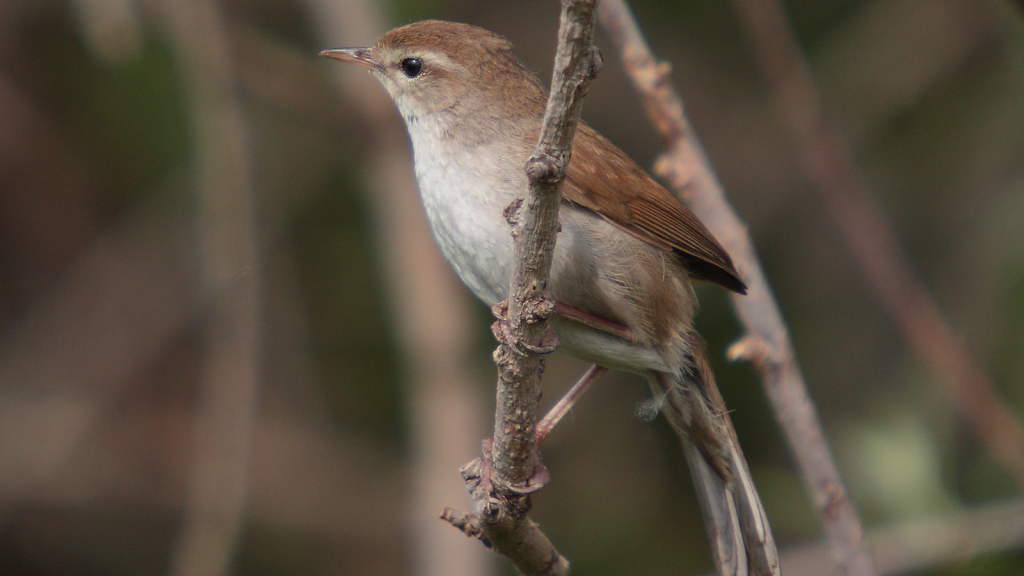
The Cetti’s warbler has one of the loudest songs of any British bird, despite its small size. These shy birds are more often heard than seen, skulking in dense vegetation near water. Cetti’s warblers are relatively new to Britain, having first bred here in the 1970s. Unlike many other warblers, Cetti’s warblers are sedentary, staying in the UK year-round rather than migrating.
Firecrest
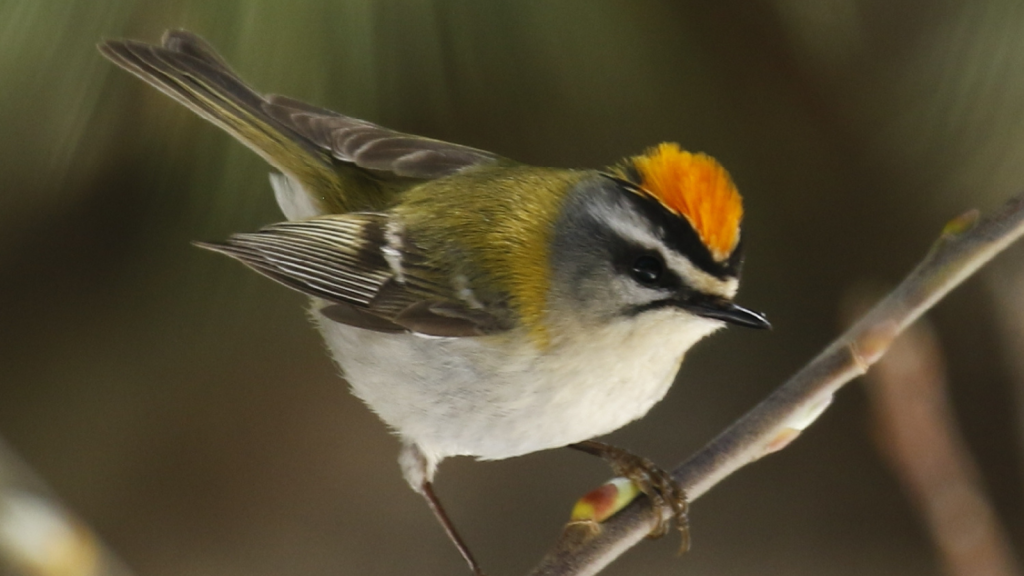
Firecrests are tiny, hyperactive birds with a striking golden crest. They have a peculiar habit of ‘hovering’ mid-air to snatch insects from the undersides of leaves. Despite weighing only about 5 grams, firecrests are able to survive British winters, constantly foraging to maintain their energy levels. They often join mixed flocks with other small birds in winter, benefiting from increased vigilance against predators.
Dotterel
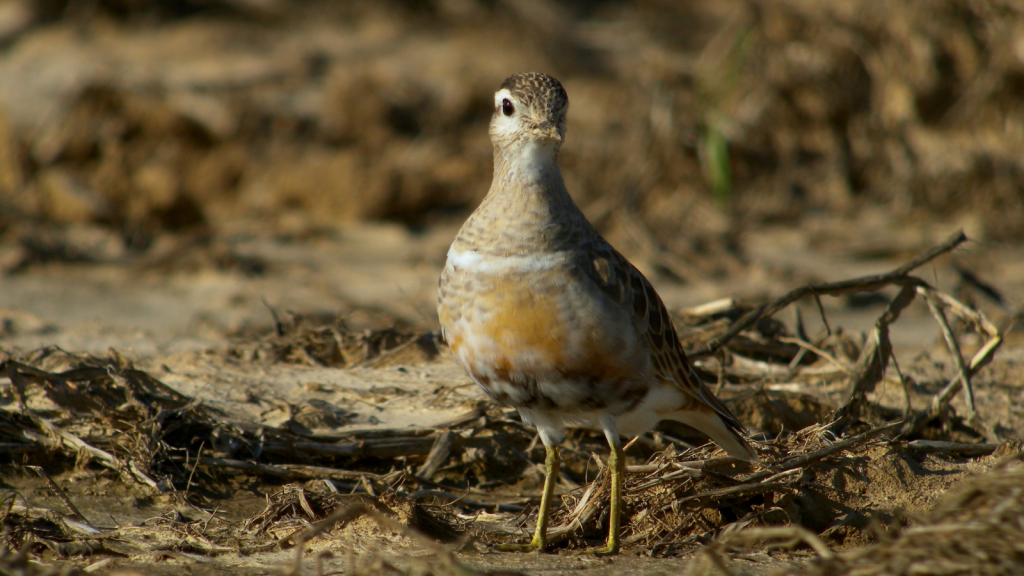
Dotterels are unusual among birds in that the females are brighter and more colorful than the males. Even more remarkably, it’s the male dotterels that incubate the eggs and care for the chicks. These charming plovers breed on mountain tops in Scotland, where they can be surprisingly tame. Dotterels are long-distance migrants, wintering as far south as North Africa.
Stone-Curlew
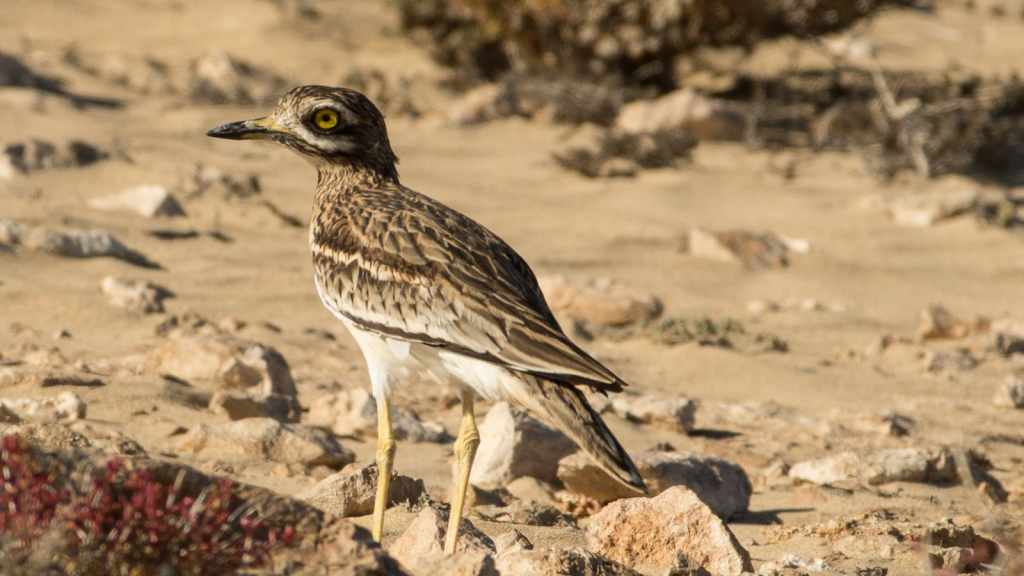
Stone-curlews have enormous yellow eyes that help them see in low light. These odd-looking birds nest on the ground in open, stony areas, relying on their incredible camouflage for protection. Stone-curlews have a distinctive wailing call that can be heard on summer nights. They have a peculiar habit of bowing and posturing to each other during courtship and territorial disputes.
Red-Backed Shrike
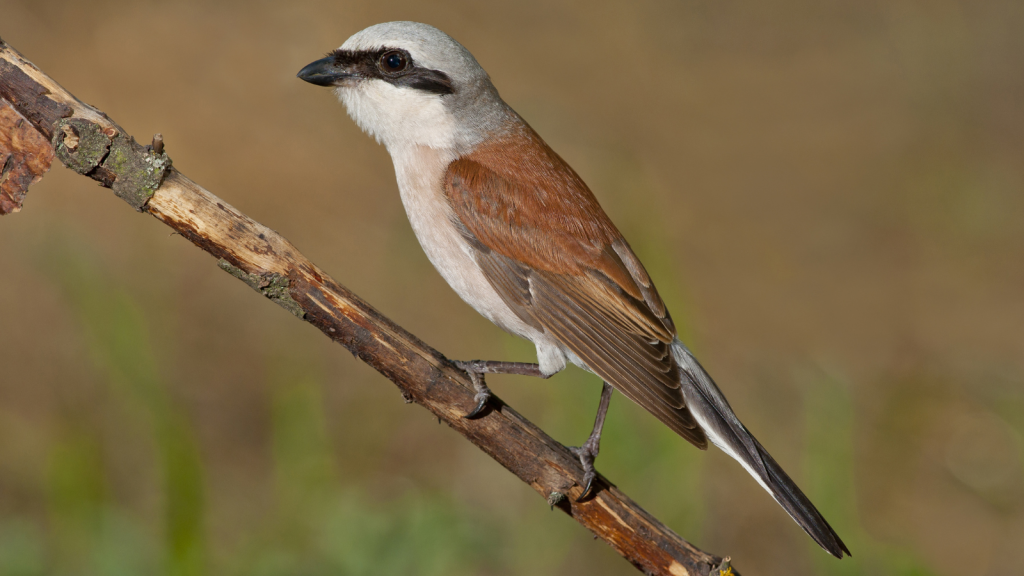
Red-backed shrikes were once common in Britain but are now rare breeding birds. These ‘butcher birds’ have the macabre habit of impaling their prey on thorns to create a larder. Male shrikes perform an impressive ‘butterfly display’ flight to attract mates. Shrikes have a notched bill that helps them to sever the spinal cord of their prey, allowing them to handle animals that would otherwise be too large for them.
Twite
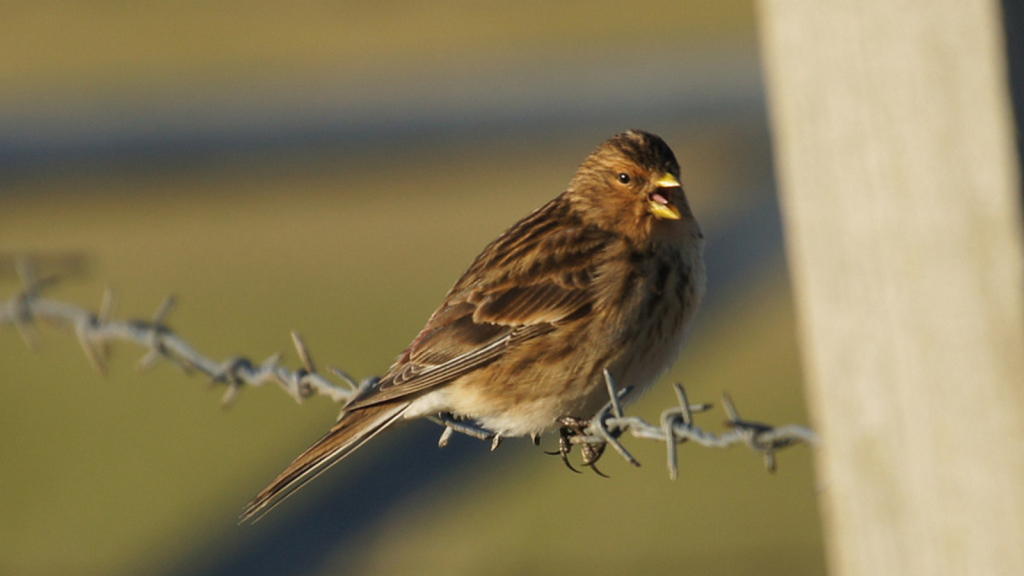
Twites are small, brown finches that breed on moorlands in the north of Britain. They have a charming habit of feeding upside-down on thistles and other plants. Twites form large, roving flocks in winter, their twittering calls giving them their name. Unlike many finches, twites have a bill adapted for feeding on small seeds rather than cracking larger ones.
Hawfinch
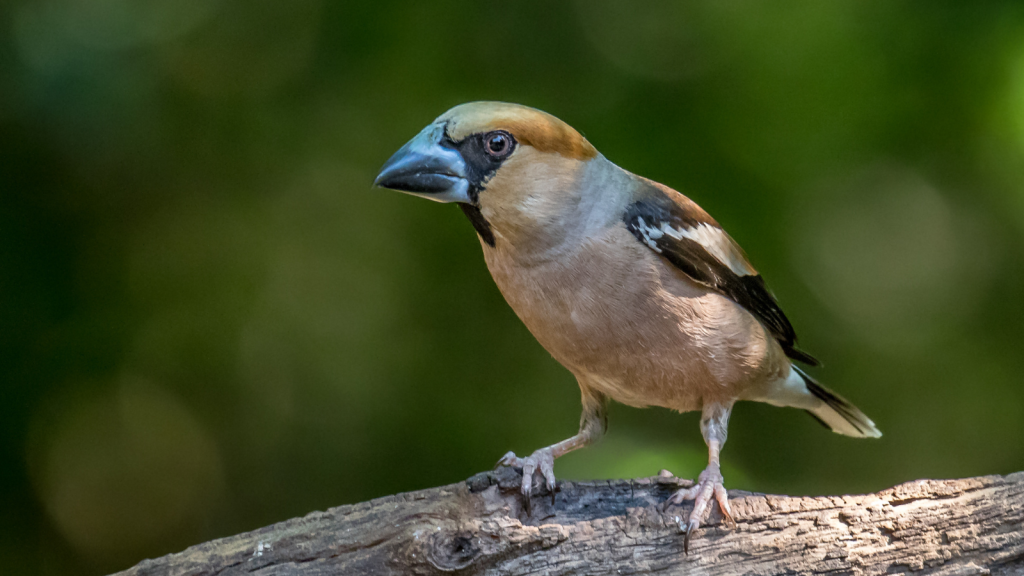
Hawfinches have massive bills that can crack open cherry stones with ease. These shy, elusive birds are surprisingly acrobatic, often hanging upside-down to reach buds on slender twigs. Hawfinches have a deep, whispered song that is rarely heard by humans. Their jaw muscles are so powerful that they leave visible marks on the seeds they crack open.
Puffin
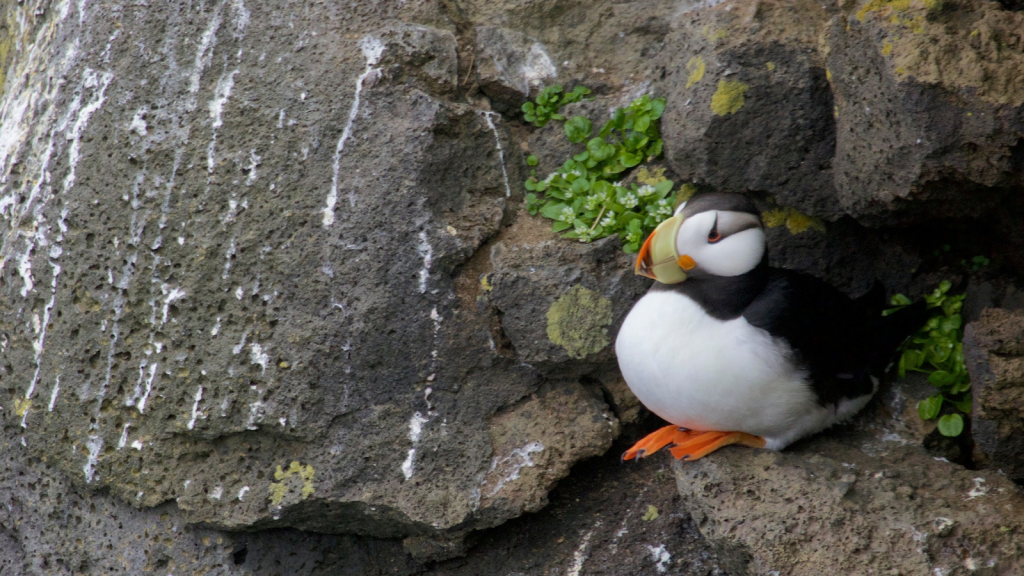
While puffins are well-known, their behaviors are truly fascinating. These ‘sea parrots’ can hold up to 20-30 fish in their beaks at once, neatly lined up from head to tail. Puffins’ brightly colored beaks fade to a dull grey in winter, only regaining their vivid hues for the breeding season. They have special serrations on their palate that allow them to hold fish in their bills while still catching more.
Becky is a fervent wildlife enthusiast and pet care expert with a diploma in canine nutrition. Her love for animals stretches beyond the domestic, embracing the wild tapestry of global fauna. With over a decade of experience in animal welfare, Becky lends her expertise to OutlandishOwl through insightful articles, captivating wildlife information, and invaluable guidance on pet nutrition. Her work embodies a deep commitment to understanding the intricate lives of animals and a passion for educating others on sustaining natural habitats. Becky's hands-on conservation efforts and her knack for translating complex dietary science into practical pet feeding tips make her an indispensable voice for creatures great and small.

